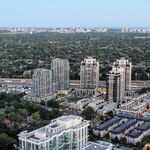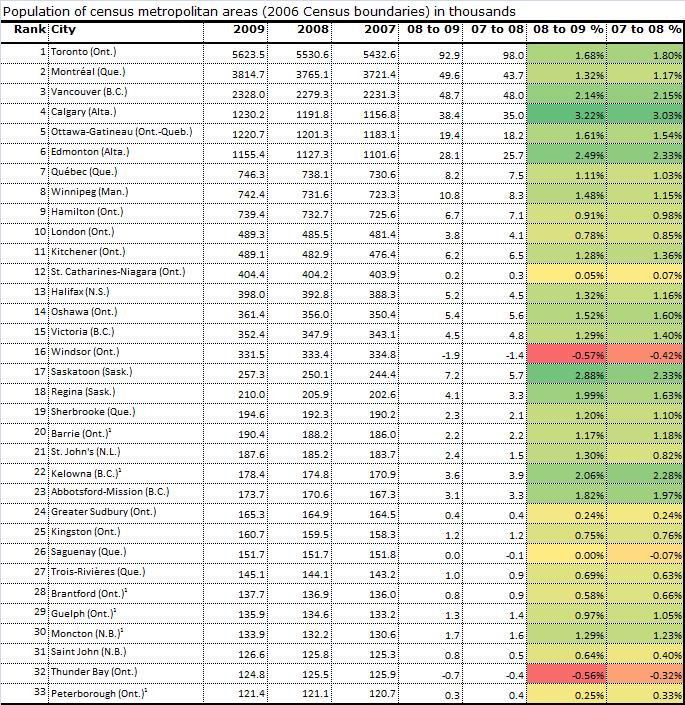nfitz
Superstar
You can probably use other sources to estimate the undercount as a whole; but it would be hard to estimate it for particular areas. My gut feel is that the undercount in a new subdivision in Oakville would be a lot lower than in Leslieville ... but I can't imagine quantifying it.





